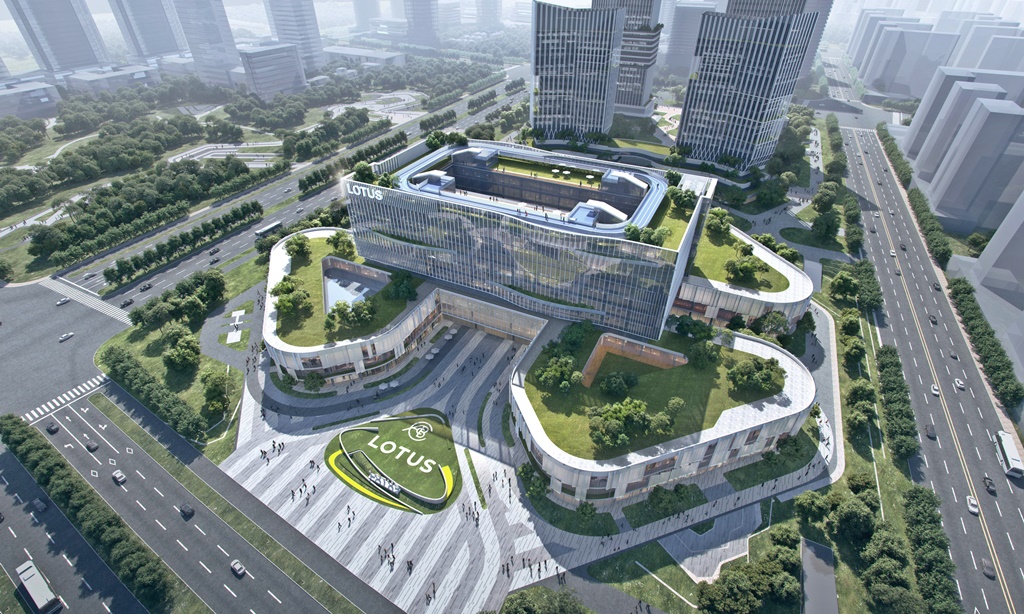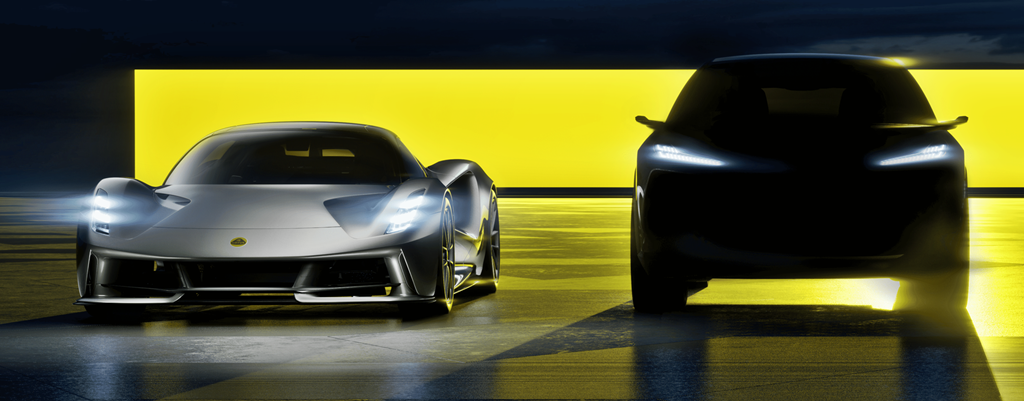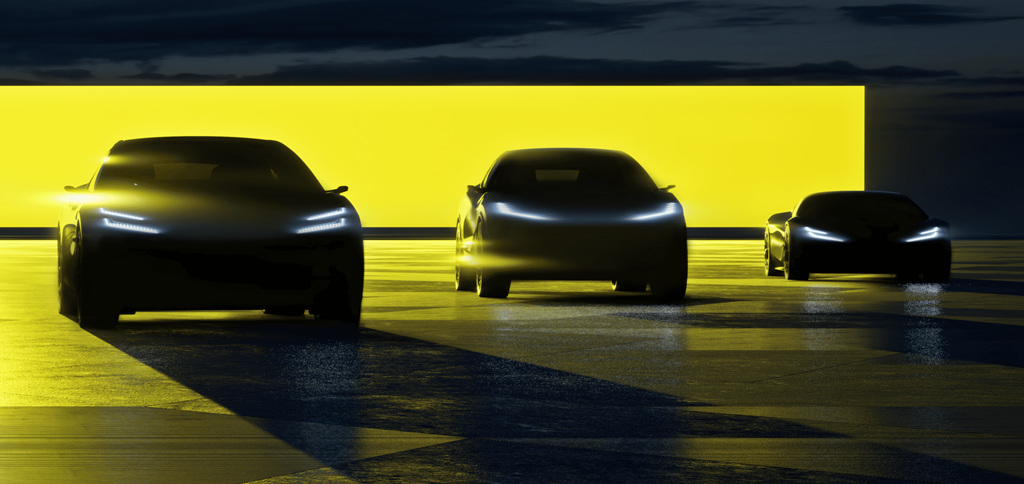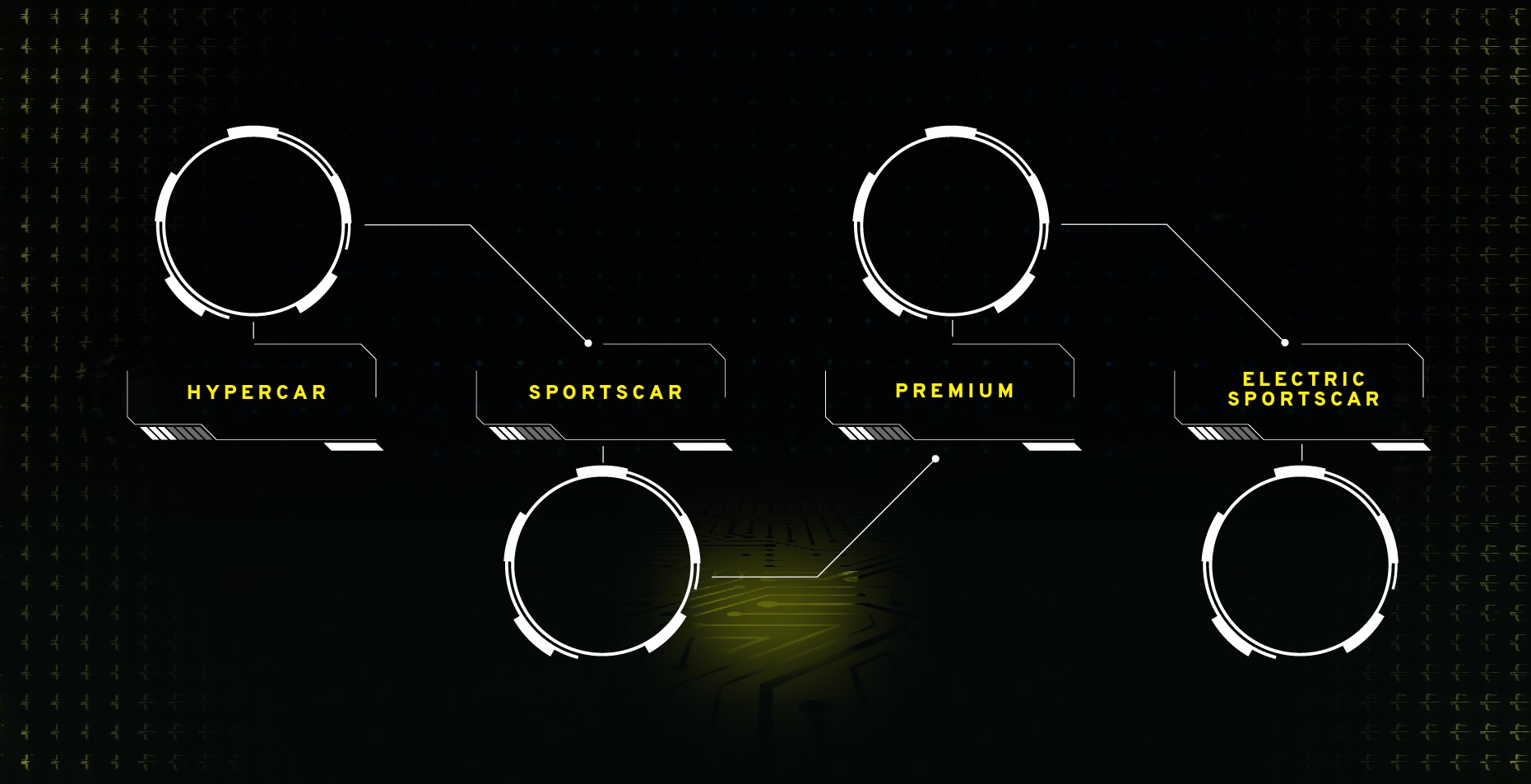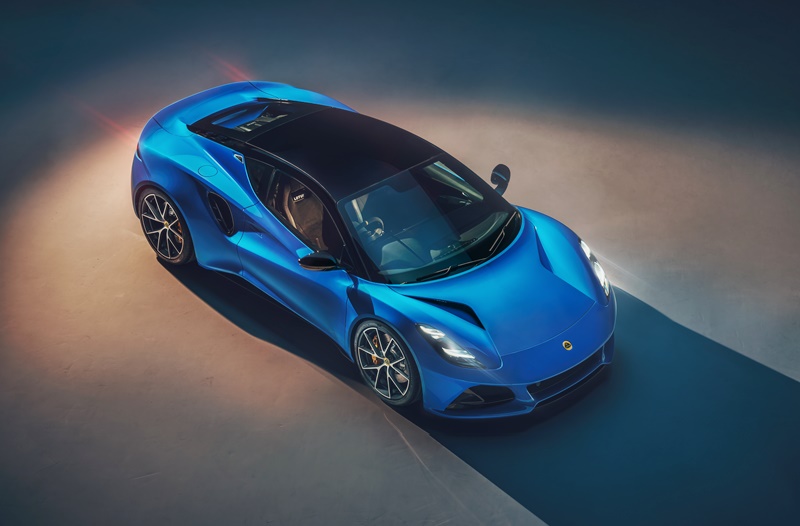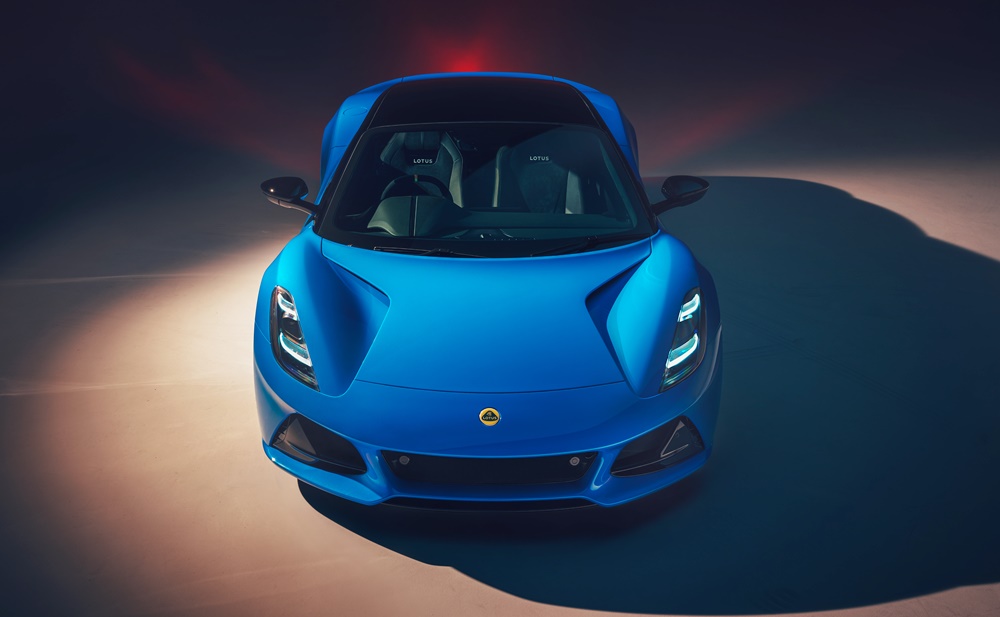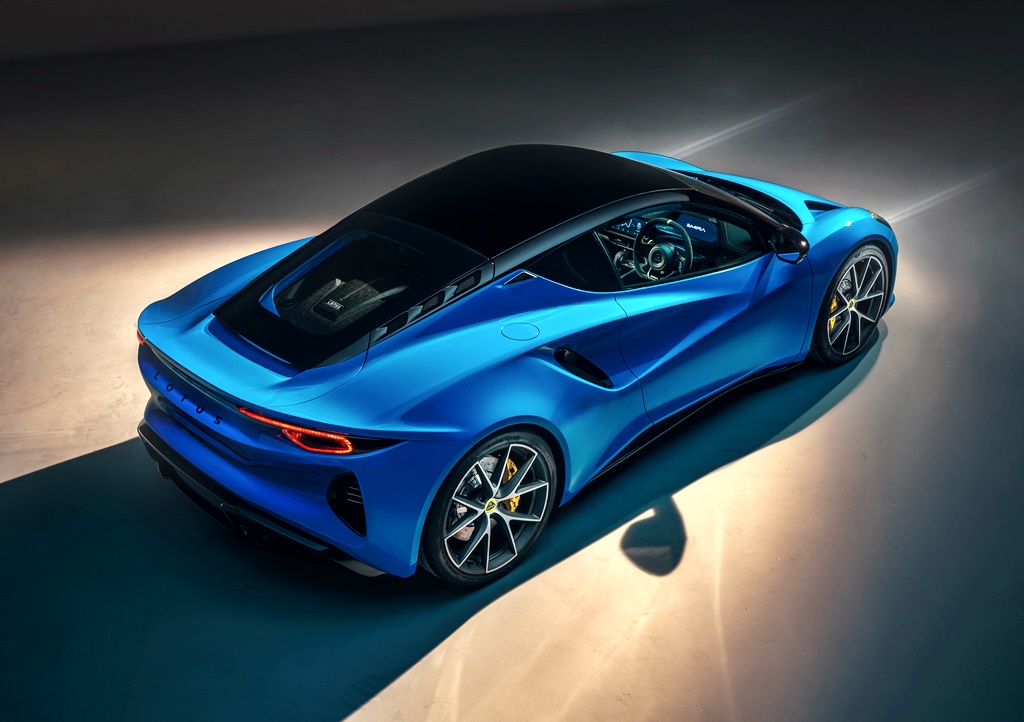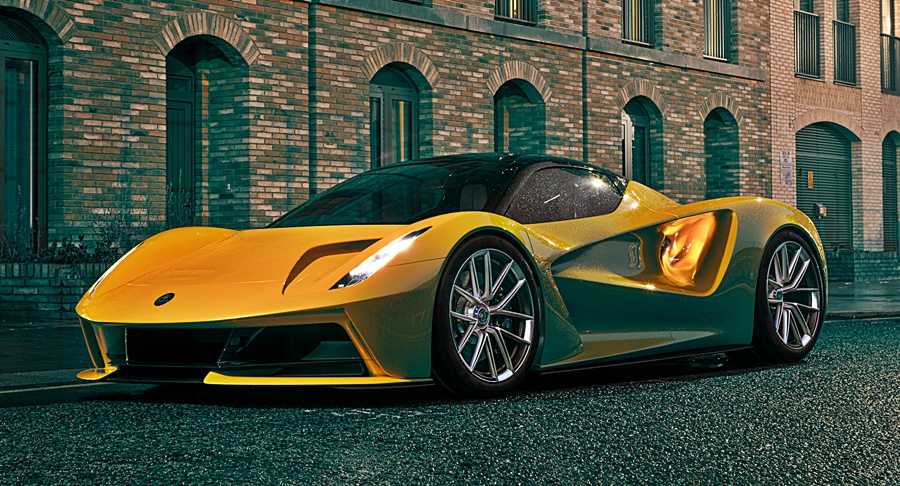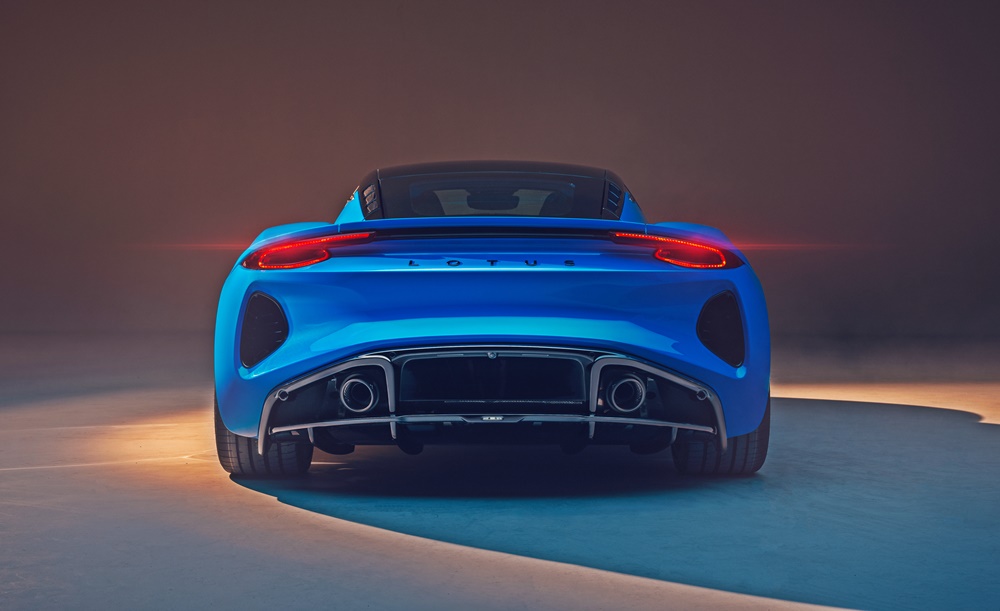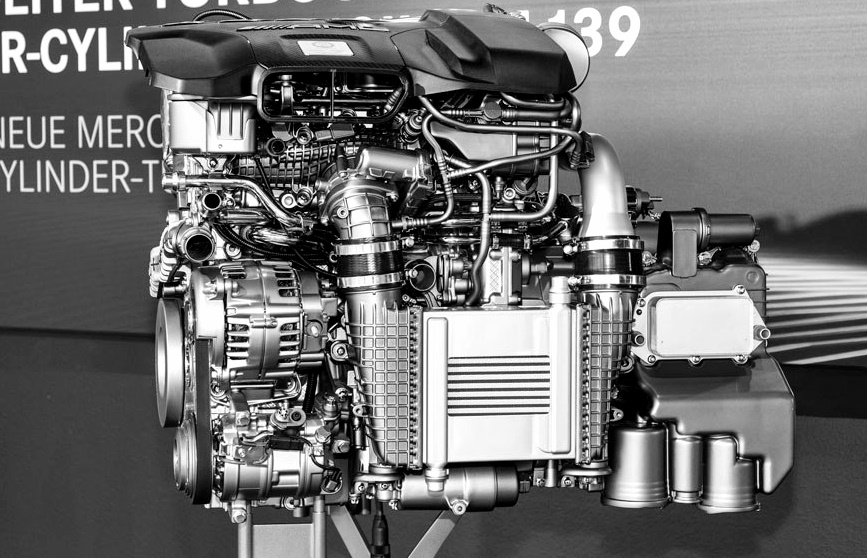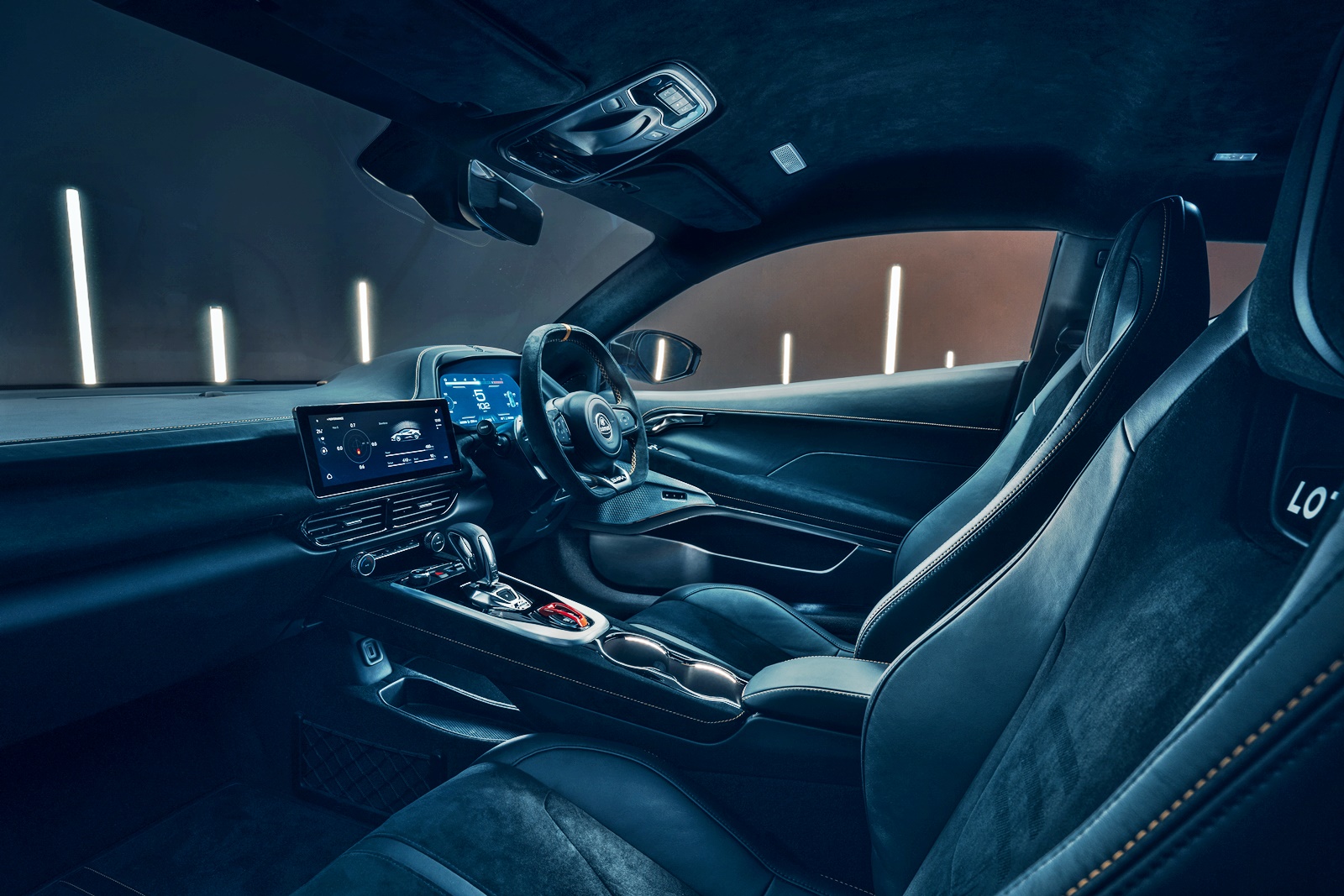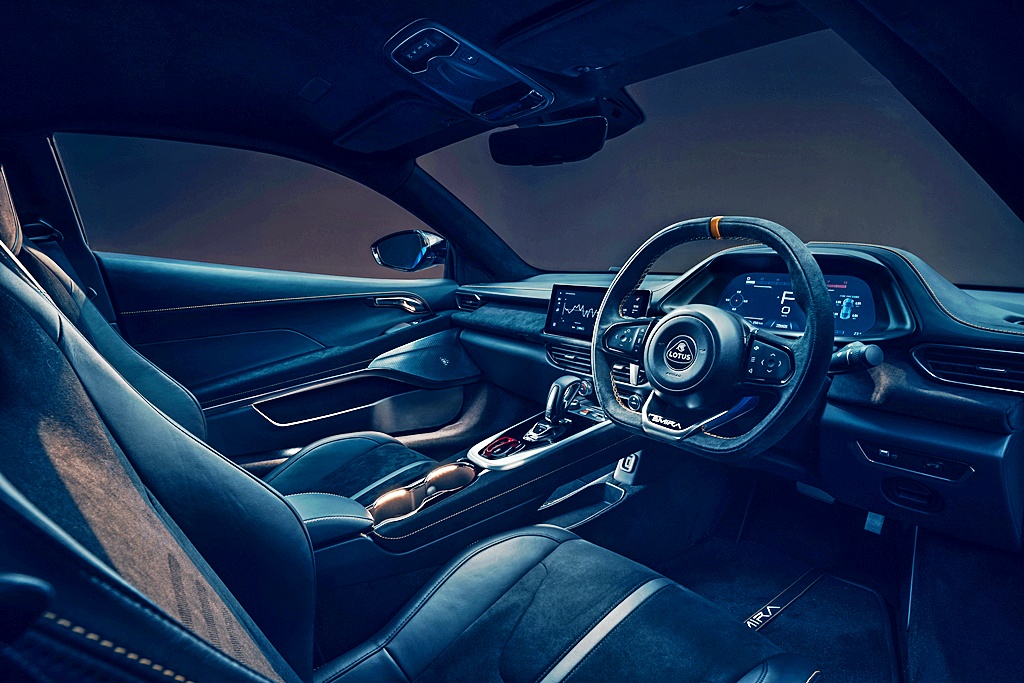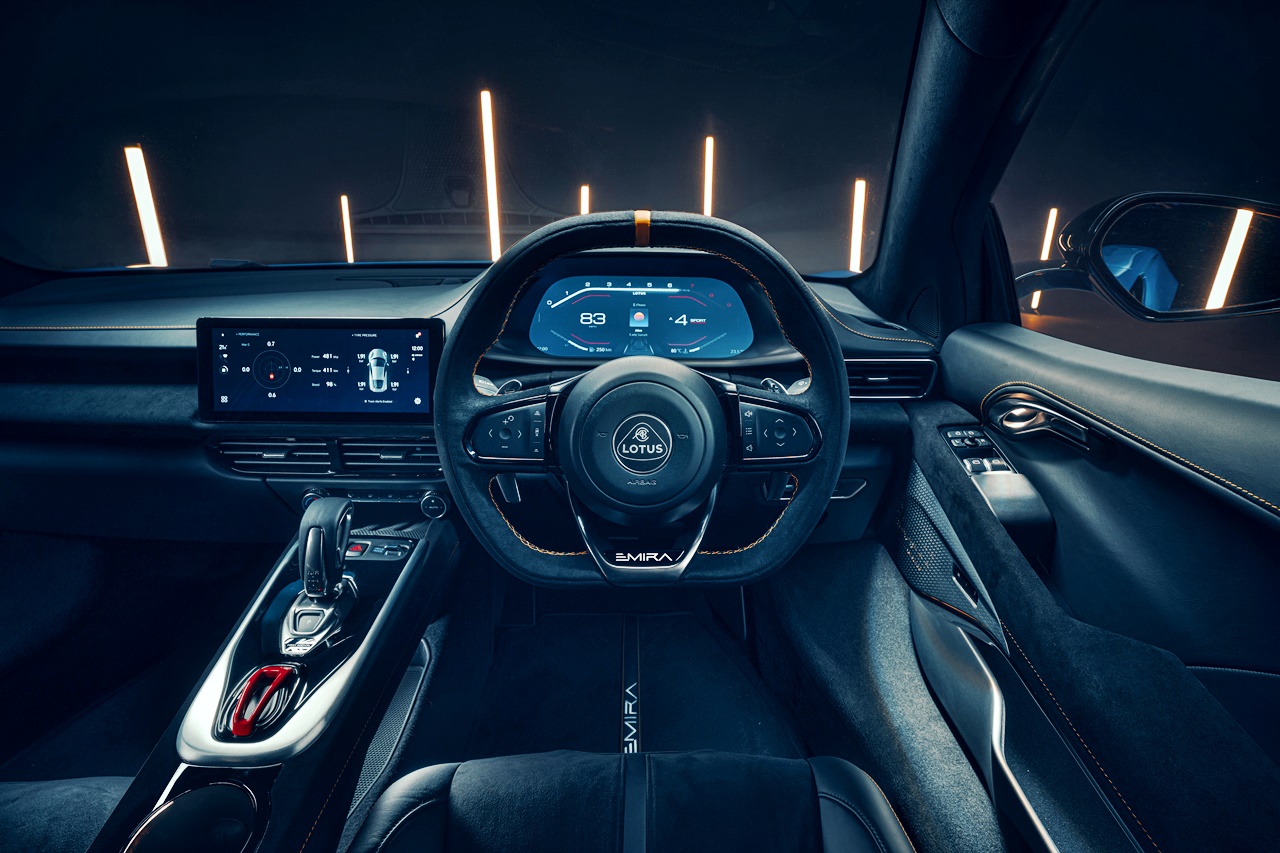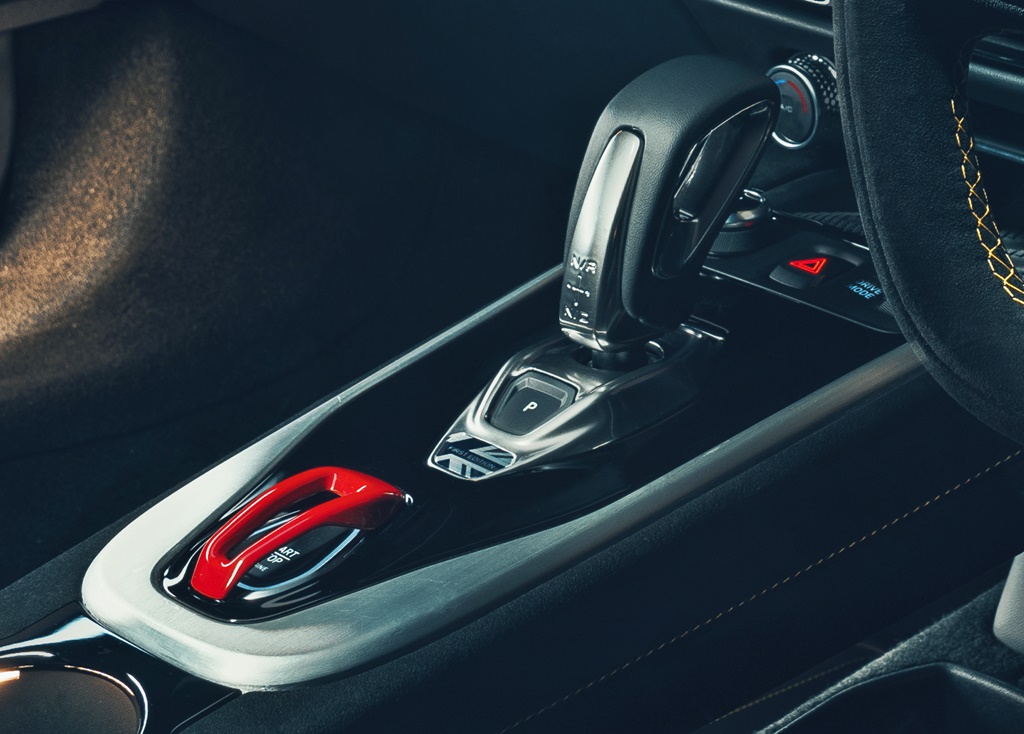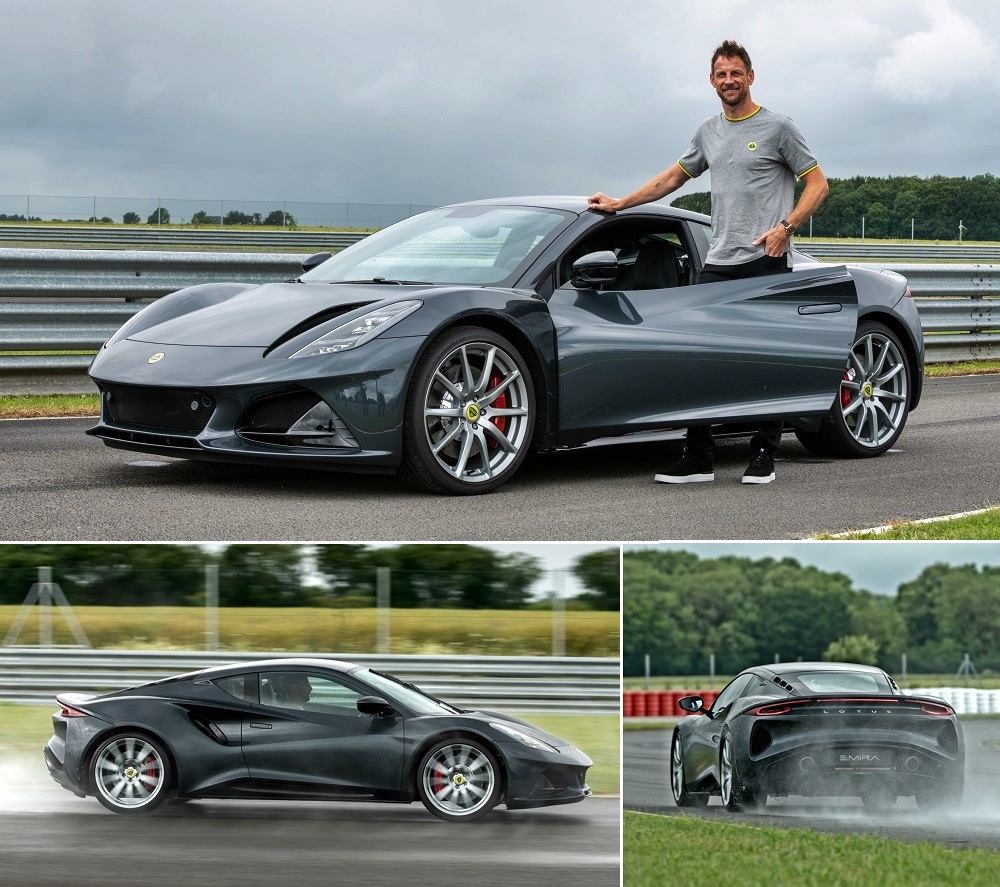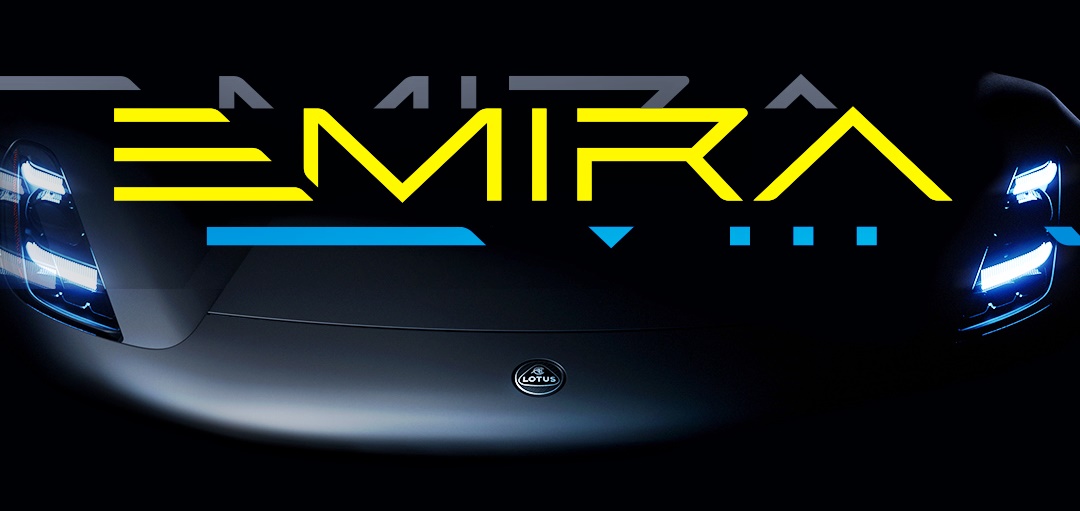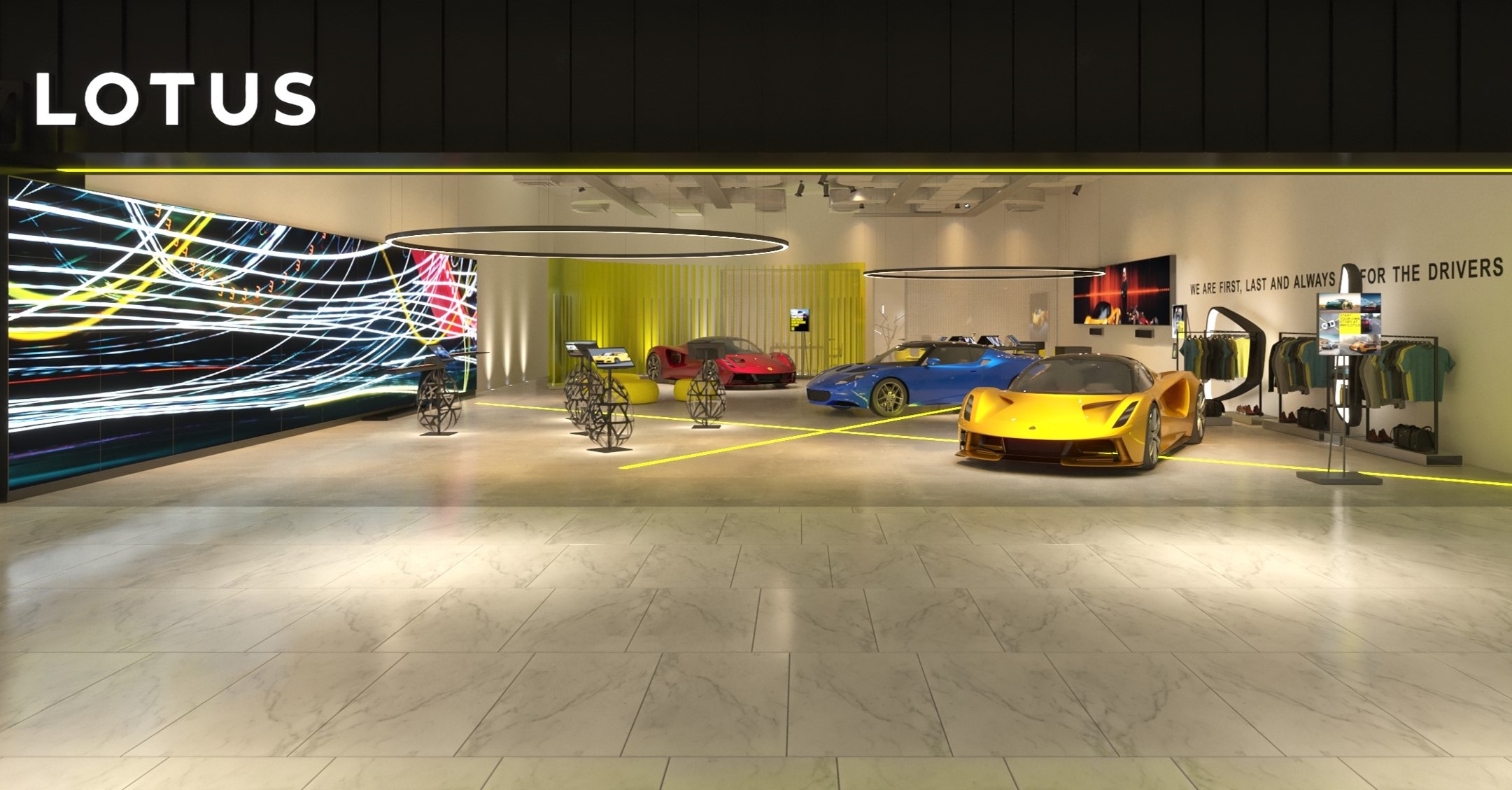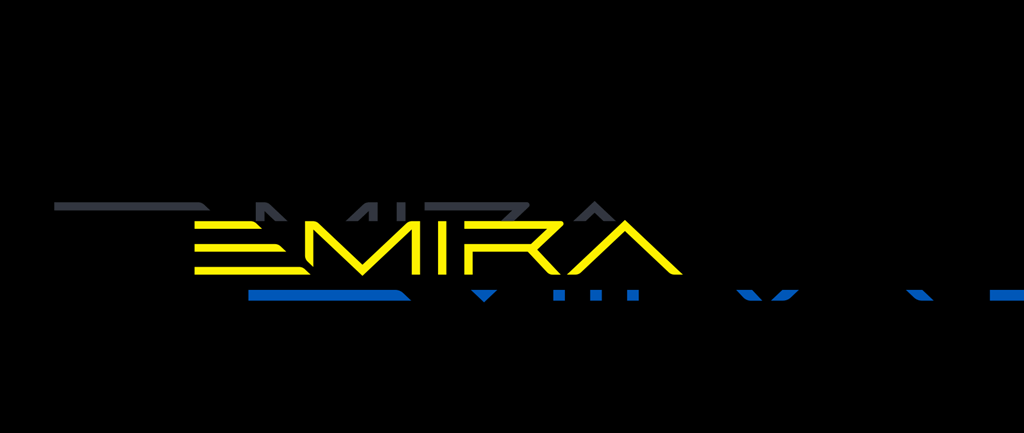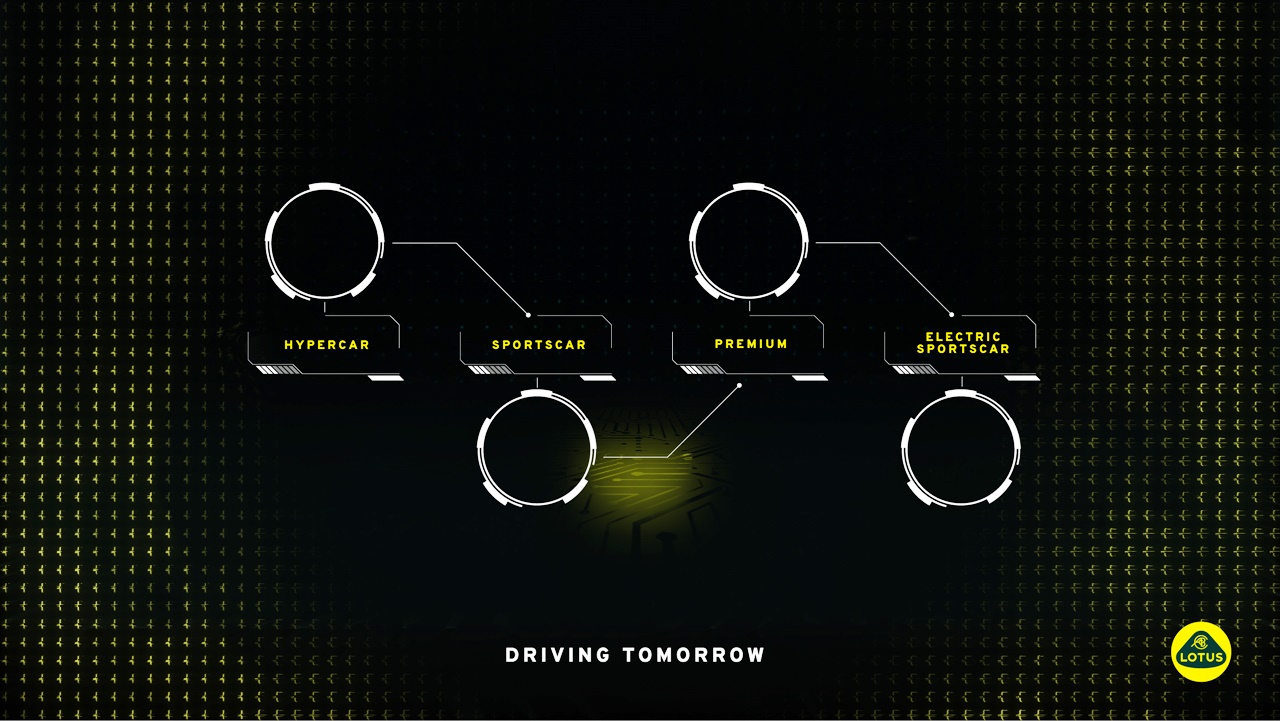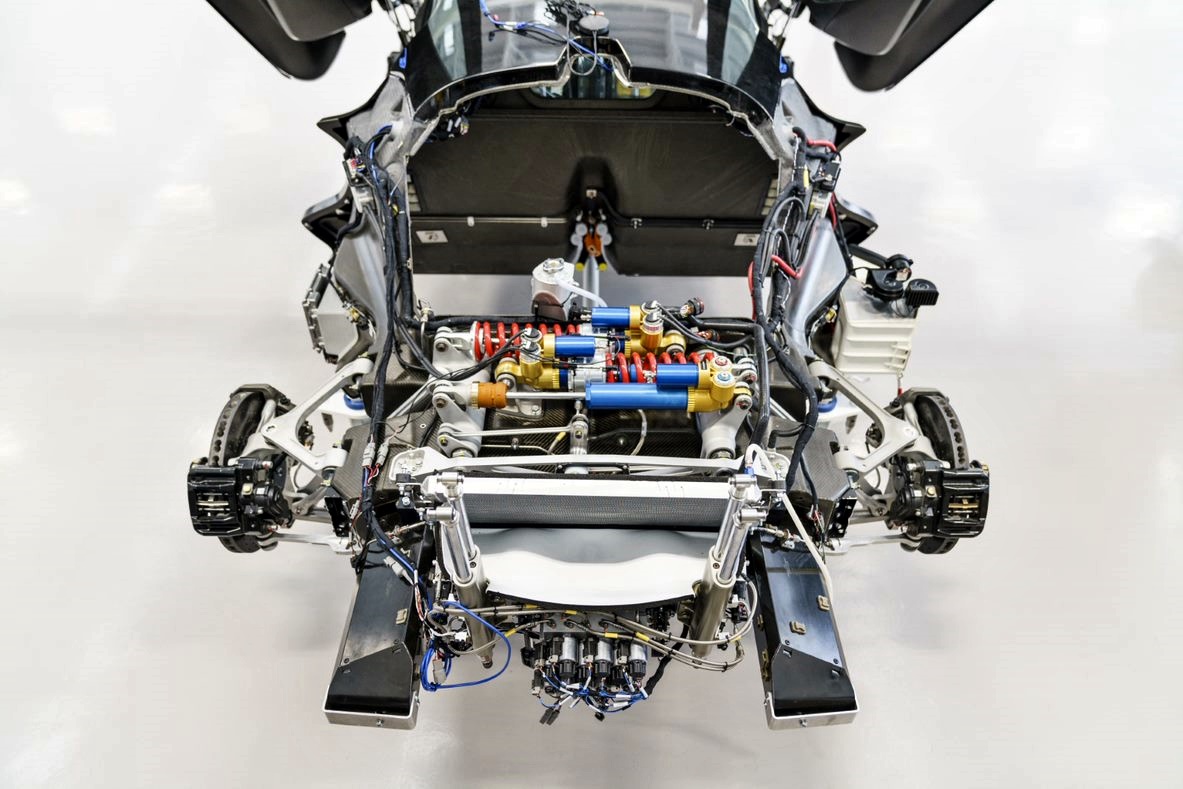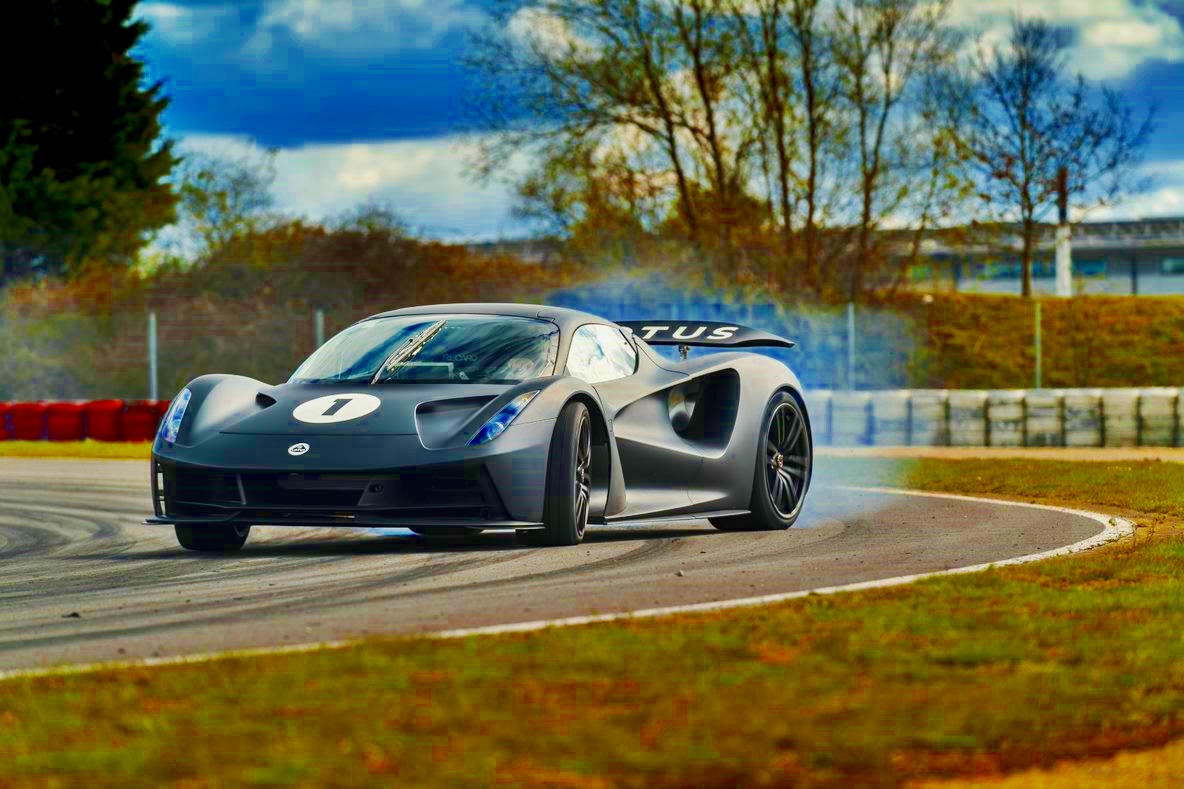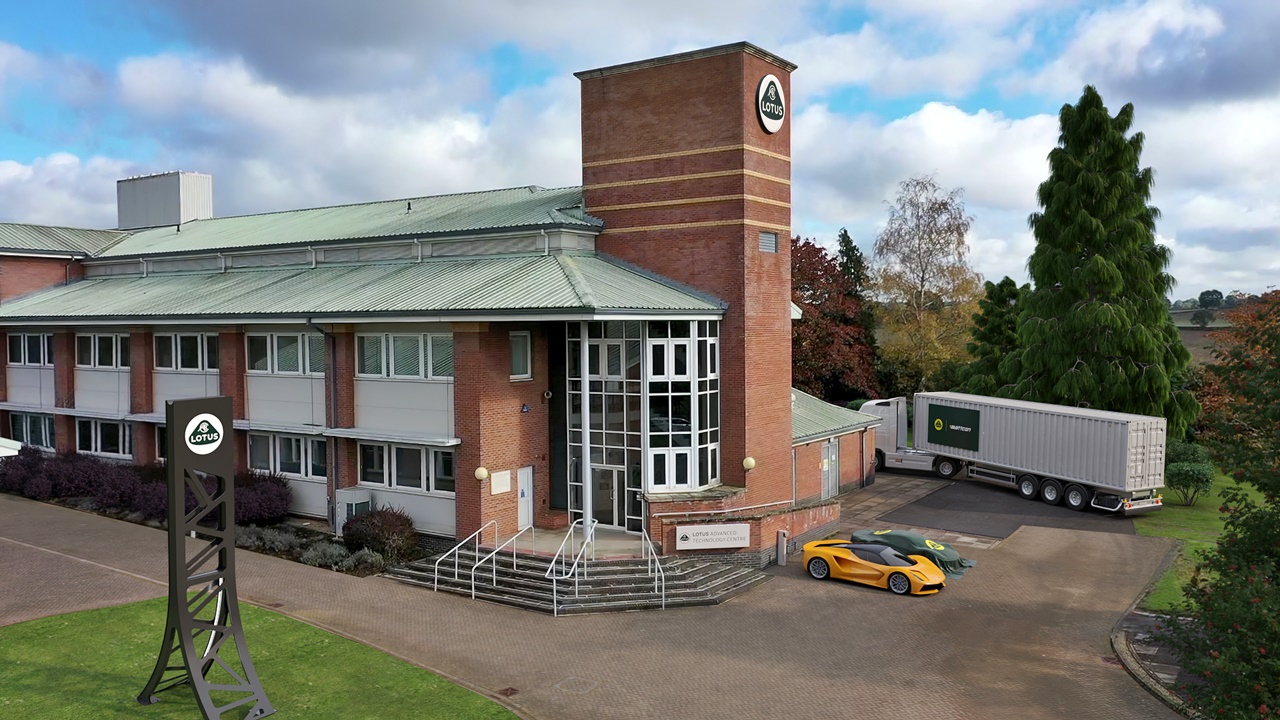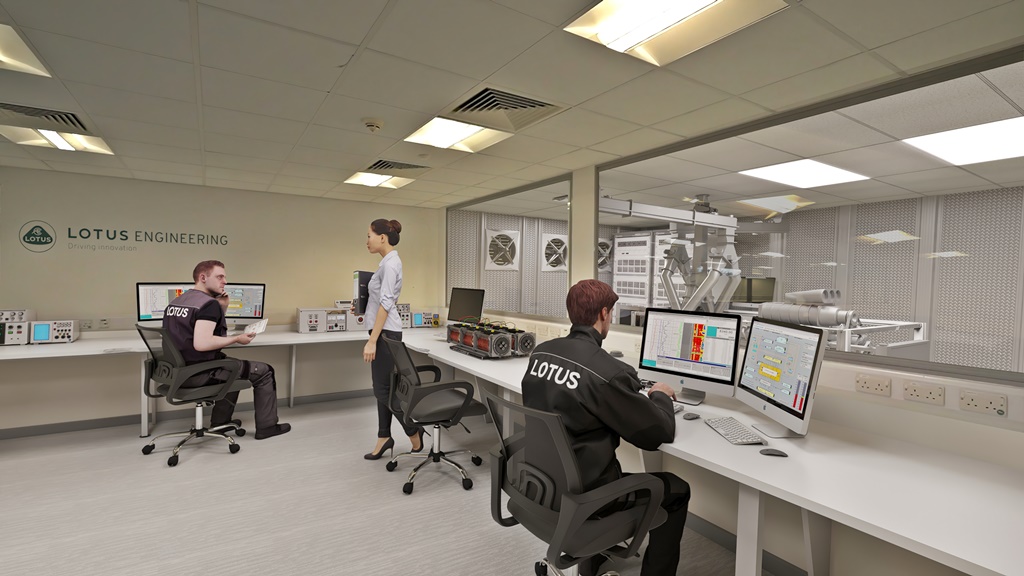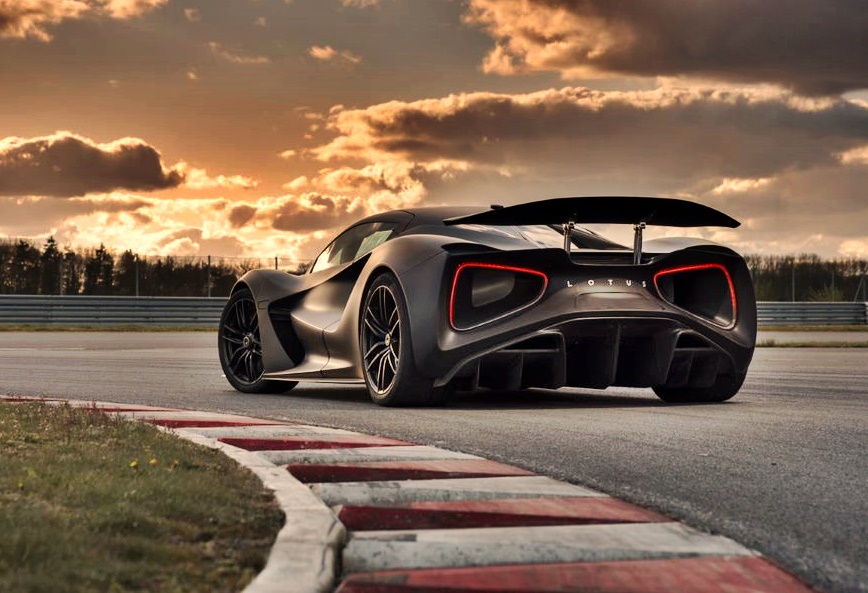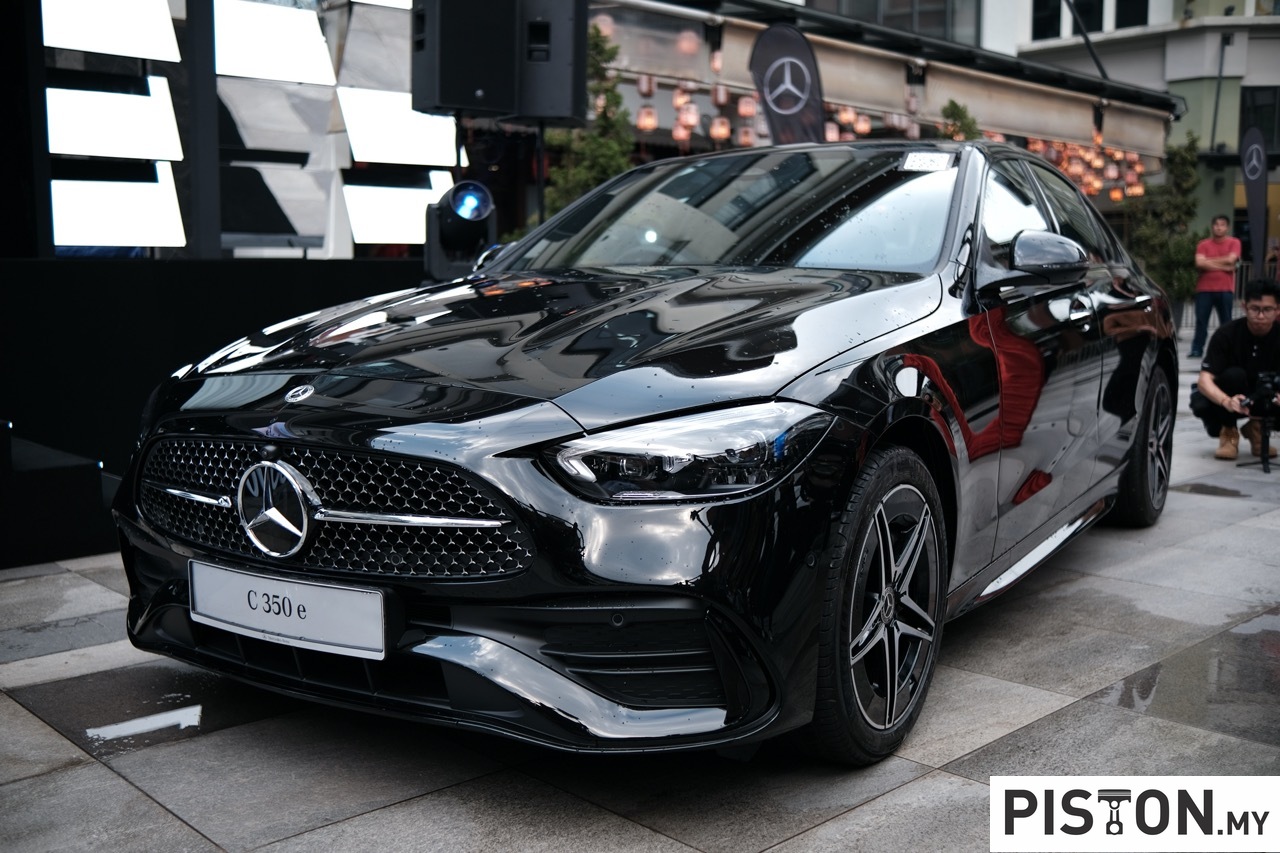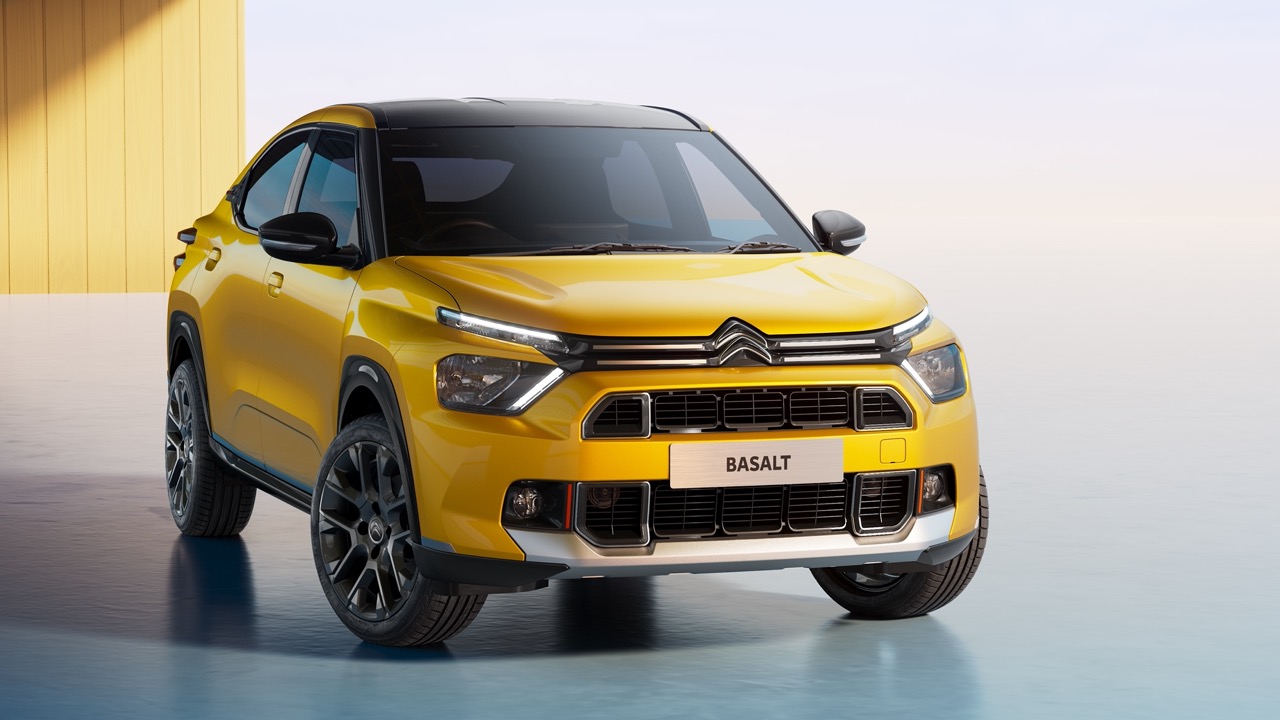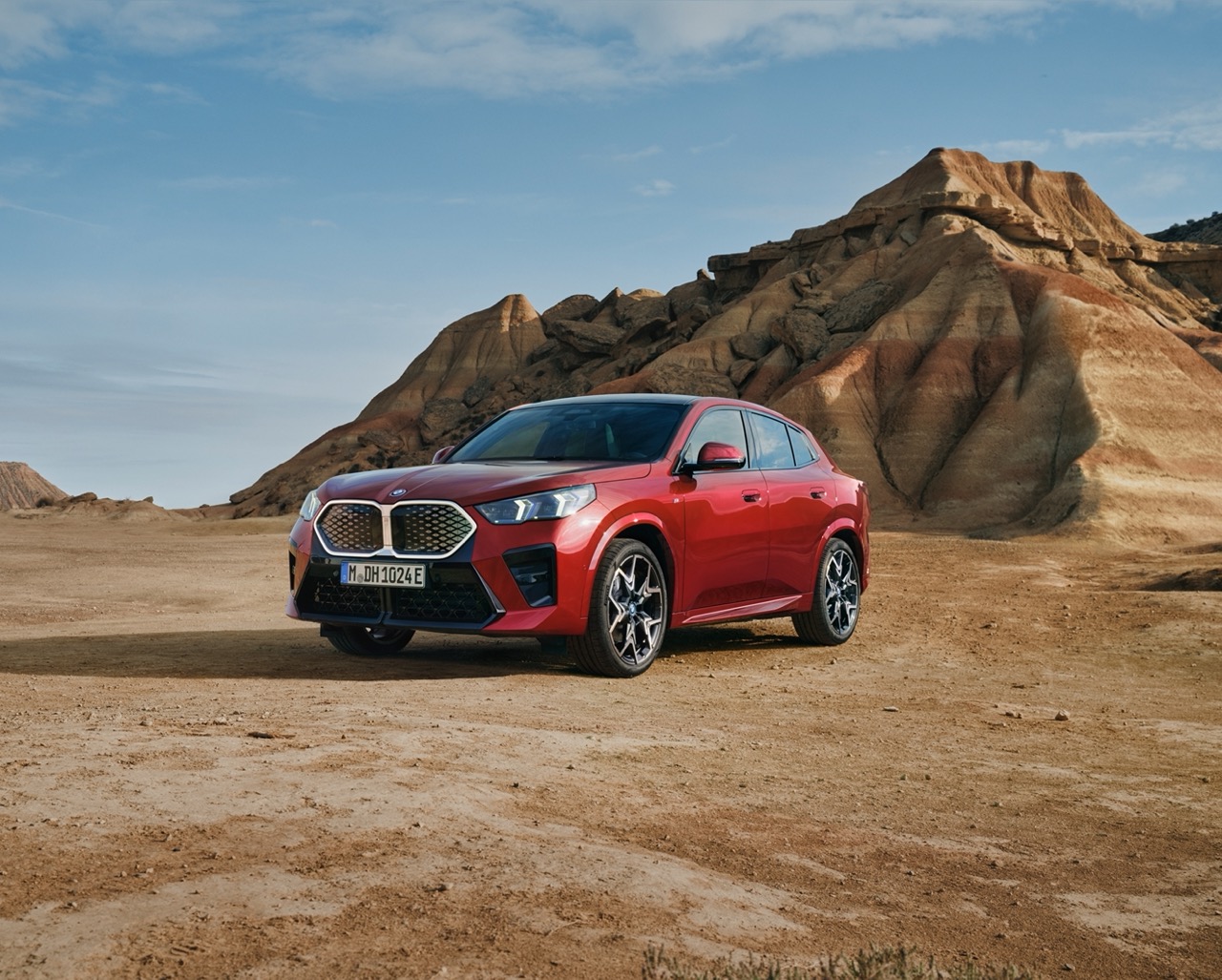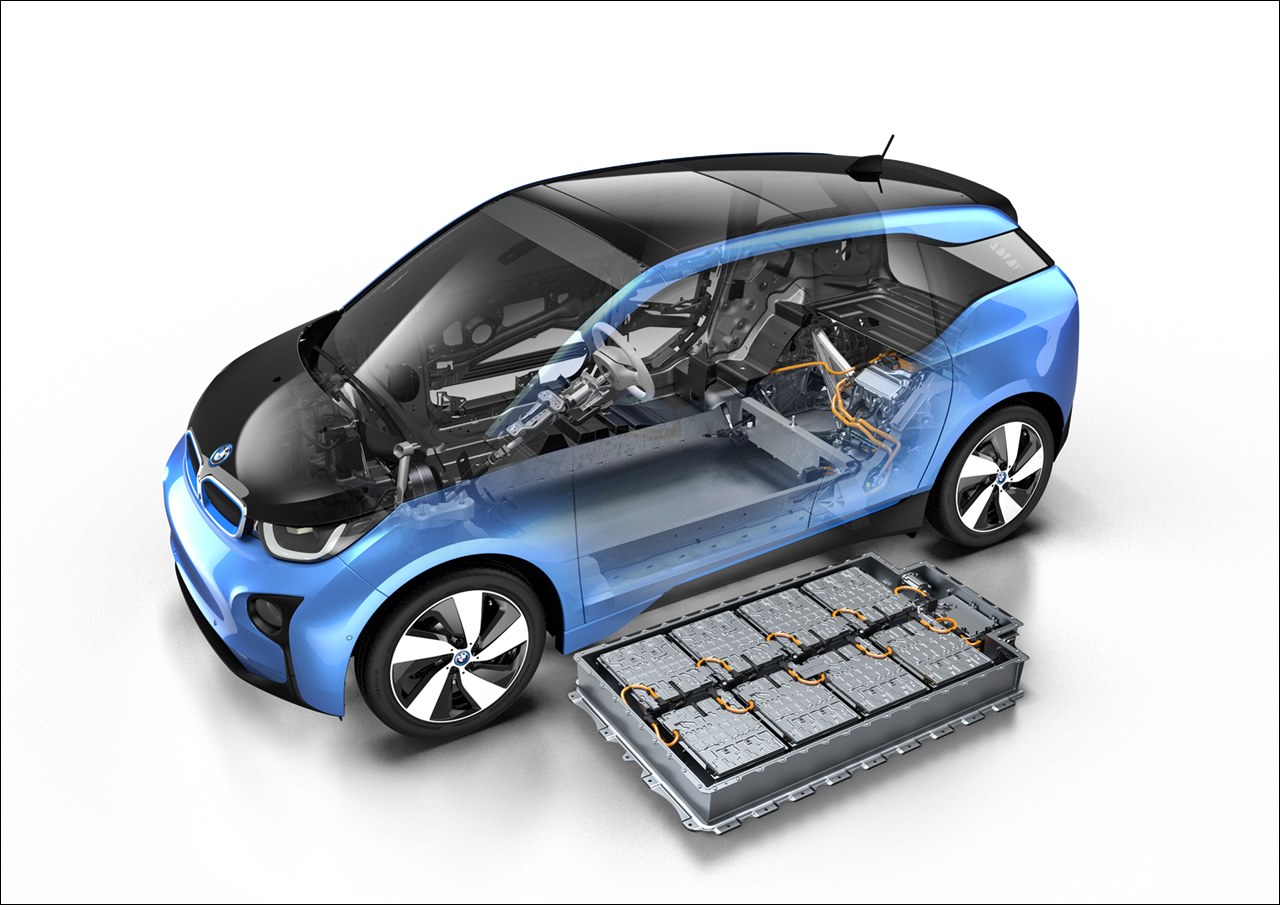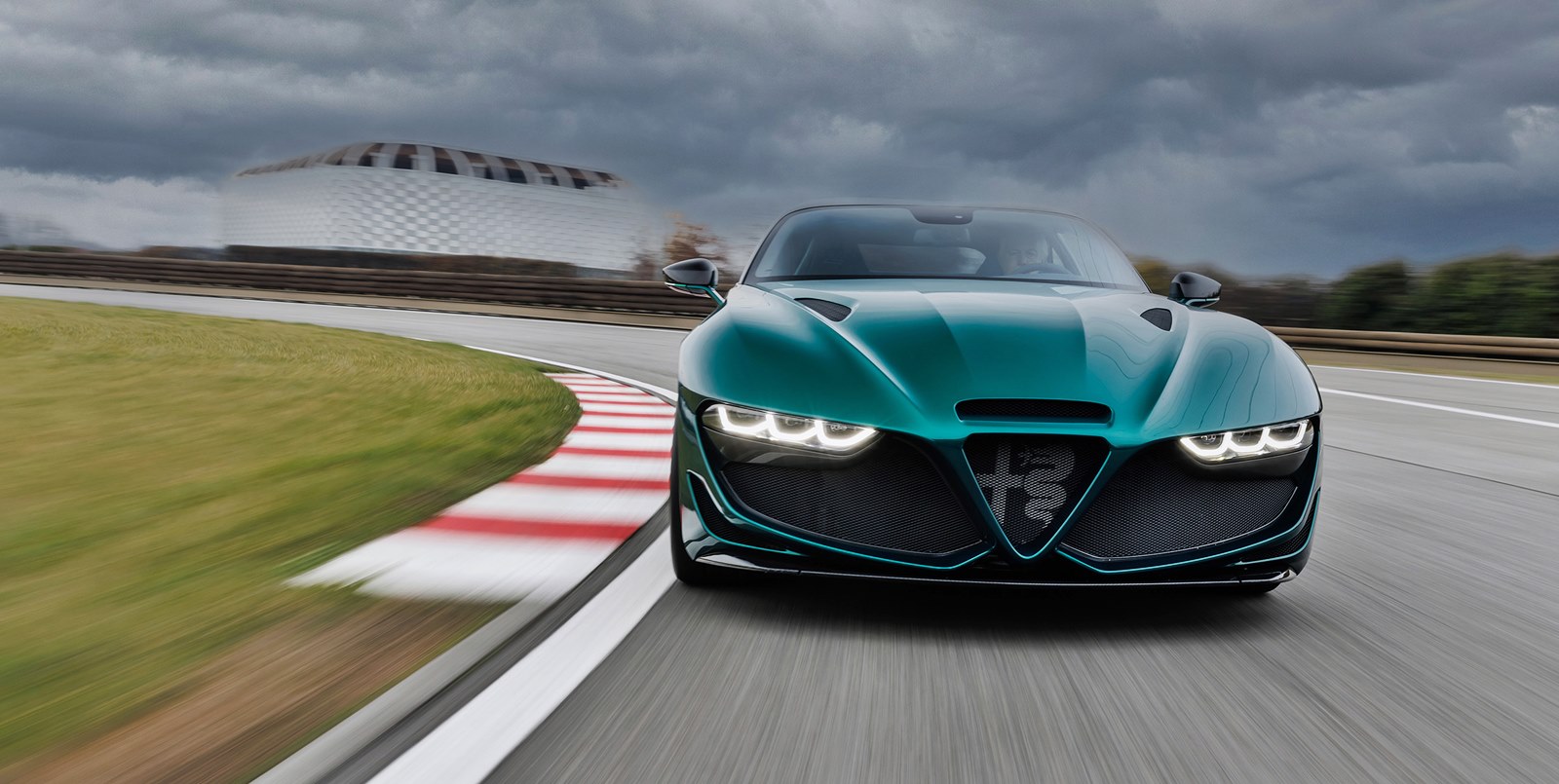Group Lotus, once owned by Proton and now owned by its shareholder, Zhejiang Geely Holding Group, has big plans for the rest of the decade, with a product plan for the next 5 years that will see at least 5 new models. The ongoing strategic plan, known as Vision80, outlines the transformation of the company ahead of its 80th birthday in 2028.
Also of significance to the journey of global expansion is the establishment of Lotus Technology. This is a new division of Group Lotus, a global ‘intelligent technology’ subsidiary which augments the brand’s DNA and technology accumulated over the 73 years that Lotus has been in business. Its role is to accelerate innovation in the fields of batteries and energy management, electric motors, electronic control systems, intelligent driving, intelligent manufacturing and more.
Expanding the global footprint
Working hand in hand, China-based Lotus Technology and the UK-based Lotus team are at the core of Group Lotus’ future development strategy. Lotus in the UK will be responsible for the development and production of sportscars, as well as coordinating global sales for the Lotus brand. Lotus Technology in China will be responsible for integrating a new generation of lifestyle products, bringing together China’s EV and manufacturing specialisms, UK’s design and advanced performance centres and Germany-based R&D resources (at the Lotus Technology Innovation Centre in Raunheim), as well as the global development and production of premium intelligent drive technologies.
“Transforming Lotus from a UK sportscar company to a truly global performance car company has always been at the core of Vision80. The launch of Lotus Technology is a major milestone on the road to making that a reality, while adhering to the unwavering Lotus principles of pure performance, efficiency, motorsport success and, above all, being ‘For the Drivers’,” said Matt Windle, Managing Director of Lotus Cars.
New factory for Lotus EVs in China
The new Lotus Technology headquarters will be completed in 2024, while an all-new Lotus factory, to manufacture Lotus electric vehicles for global markets, will open later this year. The new plant, located in Wuhan has an investment of over £900 million (about RM5.17 billion). It will complement existing UK sportscar manufacturing and performance facilities in England. It is being built with the world’s most advanced manufacturing technologies to become a global centre of excellence for Lotus’ premium lifestyle models.
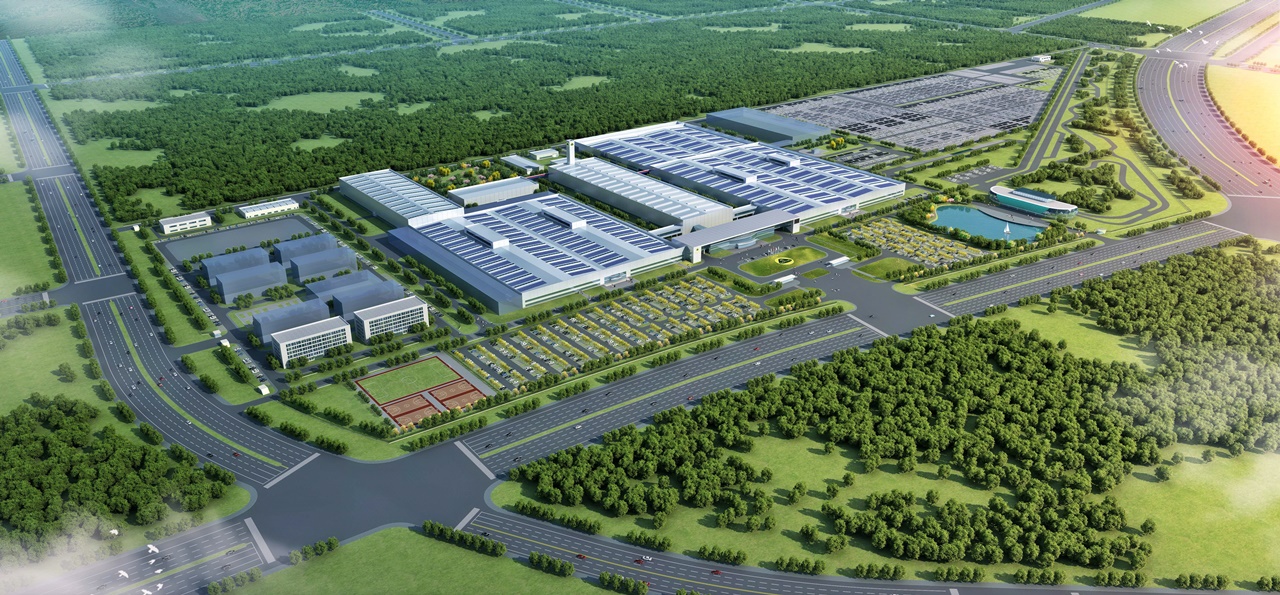
The new plant is the first in the world with an integrated intelligent test track. It features an advanced system whereby vehicles can be transported into workshops using autonomous driving technology without any human intervention. It is designed to accommodate vehicles driving at speeds up to 230 km/h) through 16 corners.
In the field of intelligent drive, Lotus has also unveiled the concept of ‘track-level intelligent drive’ as a 10-year technological development target. The new technology’s aim is to assist drivers to perform as well as an F1 driver on track, while increasing driver safety and improving performance on the road through advanced software and hardware. The result is a more rewarding and reassuring experience in any environment.
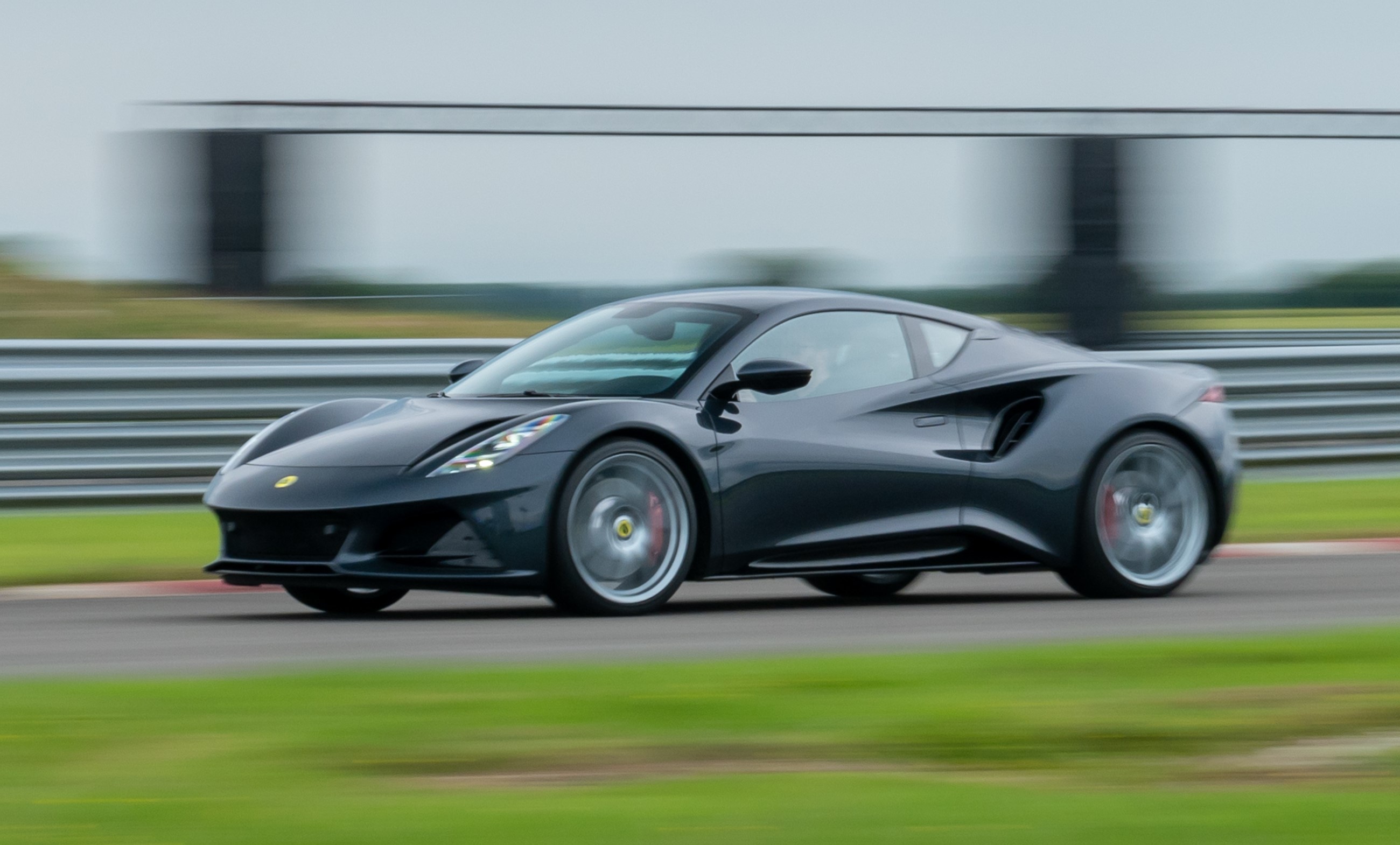
5 new models in 5 years
As for the new models, which are in addition to the Evija all-electric hypercar and the Emira (the last petrol-powered sportscar from Lotus), the first one will be an E-segment SUV codenamed ‘Type 132’ which will be launched next year. It will be followed in 2023 by an E-segment 4-door coupe (Type 133), and in 2025 by the Type 134, a new D-segment SUV. This trio will be joined in 2026 by the Type 135, an all-new electric sportscar.
The development of the brand’s new premium lifestyle vehicles will take place on the Lotus Premium architecture, one of the four new vehicle platforms announced at the Driving Tomorrow global strategy conference in April. The Premium architecture supports a wheelbase range from 2889 mm -3100 mm and could be further expanded in the future. It supports the development of all types of passenger vehicles from C+ to E segments. Using 92 – 120 kWh batteries, it is compatible with the industry’s most advanced 800V high-speed EV charging system. Products developed on this platform will be capable of 0-100 km/h acceleration in under 3 seconds.
Since being founded by Colin Chapman in 1948, Lotus has been among the industry leaders in innovation with its commitment to pure driving, outstanding ride and handling, lightweight technologies and aerodynamic engineering. Today, with the backing and global resources of Geely Holding Group, the company benefits from new capabilities in R&D, manufacturing and supply chain management.


